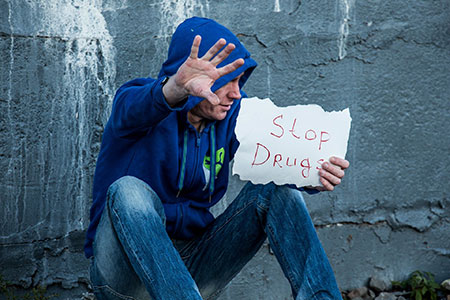Knowing how locking medication bags help in the opioid crisis is pivotal to turning around the current opioid epidemic in the United States.
What is the Opioid Crisis?
The opioid issue is a significant topic of discussion all around the world. With a market value in the billions of dollars, it has grabbed a significant portion of the world. Unfortunately, opioids make it into the hands of the addicts either through the negligence and careless policies of the pharmaceutical companies or because of the powerful groups that manipulate the system to gain monetary benefits for such a crisis. Over the years, countless initiatives and legislation have been suggested and drafted to avert the impending disaster and protect future generations from the dangers of opioid addiction.
But what are the dimensions and criteria for defining a problem worthy of the term “opioid epidemic”? Given the current crisis scenario, there is a debate over how the problem should be addressed and how the community should be involved to reach a consensus. However, in order for the community to mobilize and engage, people must gain a better understanding of the problem.
What are Opioids?

An opioid is a painkiller that works by inhibiting pain-sensitive neurons and deceiving the brain into thinking the pain has gone away. They are categorized as analgesics and recommended for several cases, including chronic diseases such as cancer and other limb or body-related disorders. They are also used to treat acute disorders such as post-operative recovery. But, regardless of the circumstances, opioids are mainly controlled and only prescribed by licensed physicians. This is not to say that they cannot be abused. There have been reports of people getting their hands on unguarded drugs not intended for them. An analgesic in an average US family would be found in either a medicine cabinet or a medication box, usually with less than adequate protection.
The Opioid Crisis in America
The opioid issue in North America, particularly in the United States, is not new. It has been the topic of much debate among policymakers, regulators, public interest organizations, and civil society especially concerning developing effective measures to dissuade or minimize the severity of the problem. The issue may be traced back to the 1990s, when the Food and Drug Administration (FDA) made errors in its regulations, allowing some drugs, like OxyContin, to be labeled as safe for consumption. As a result, there was an increase in opioid intake, prescriptions, and over-the-counter availability. A generation of overdosed kids became addicted to opioids and analgesics in underground groups and even well-to-do classes.
Opioid Crisis Deaths
According to recent reports, the opioid crisis in America has resulted in over 100,000 deaths from opiate overdoses in 2020. In addition, there has been a 5% rise in total overdose-related cases since 2019. Of the total, 15% of cases were connected to synthetic drug abuse, and 7% were related to prescription medicines deaths. One thing to note is that the majority of these drug-related deaths occurred in persons for whom the medication was not intended for. This provides insight into where and what aspects to look into while dealing with such issues.
Critical Interventions to Help Turn Around the Opioid Crisis Are:

There are several answers to America’s opioid issue, starting with security pill bags. According to a report, around 70% of total opioid addiction occurs when unmanaged and undesired medication gets into the hands of those who do not need the medication. Locking the cabinet or medication bags, improved prescription monitoring. Better pharmacy and supply chain management, and record-keeping are necessary to help turn around the opioid problem. The locking bag technology is improving and it helps control the opioid addiction. This is due to the fact that locking medication bags restrict access to controlled medication.
A medication bag with a lock serves two functions. First, it increases accountability for the original and legitimate medication user. Second, it will keep the opioid abuser from obtaining medication not meant for him/her.
Using a medication bag has benefits and has begun to acquire momentum in the community. Non-governmental organizations (NGOs) and hospitals have started using and distributing lockable medication bags. Similarly, monitoring and tracking the medicine for legitimate usage and preventing under-the-counter prescriptions is a significant consideration. However, the most crucial measure is still asserting greater control and tracking of prescription medication.
